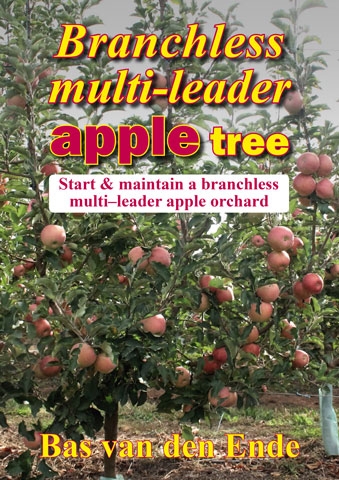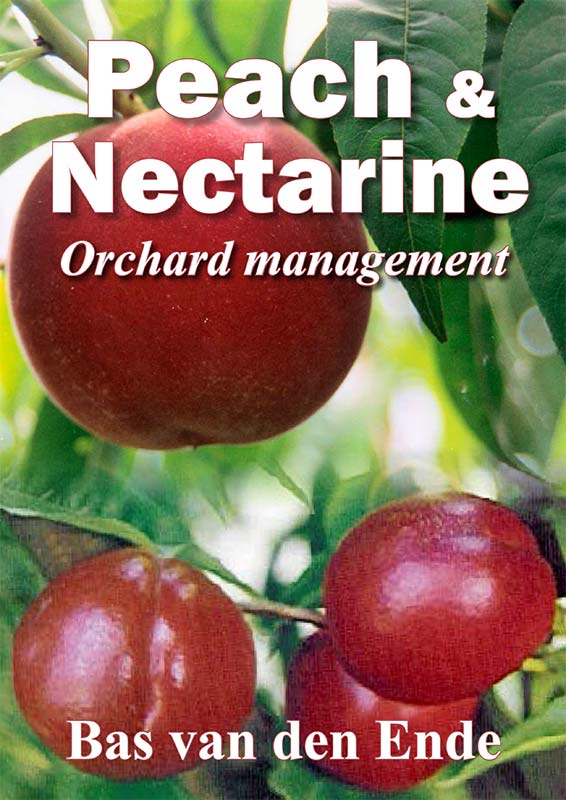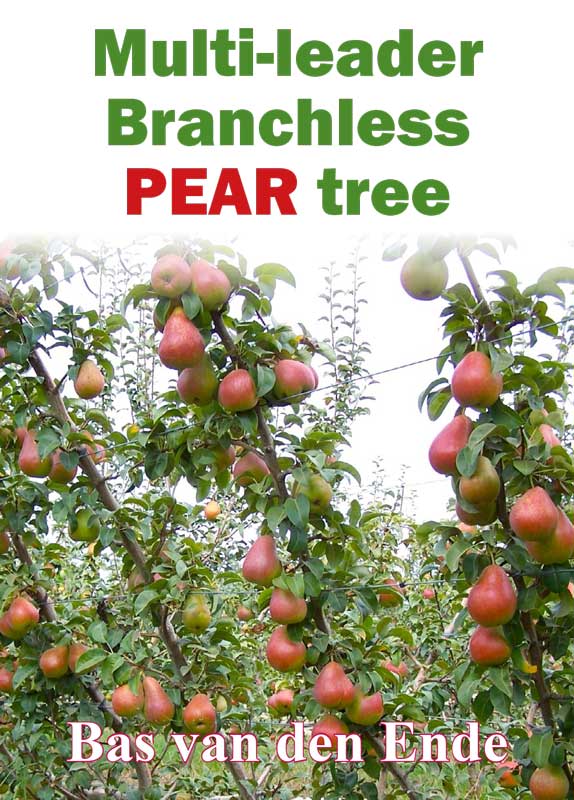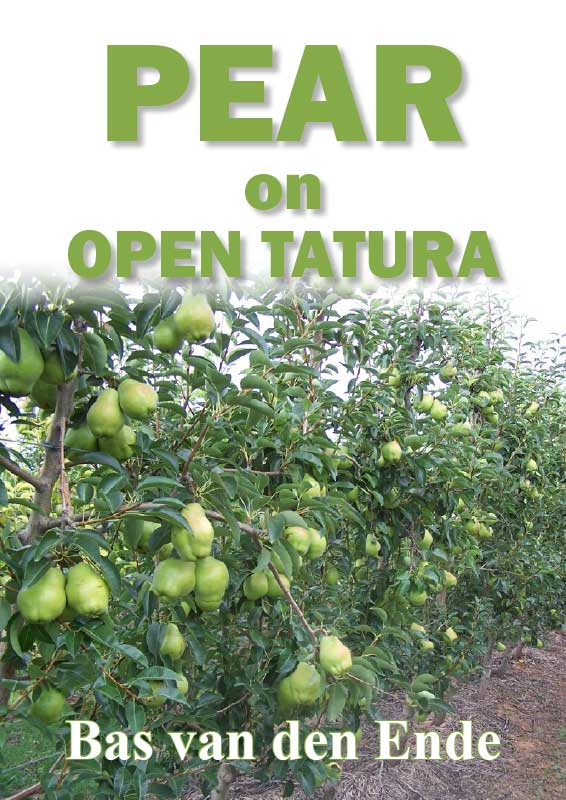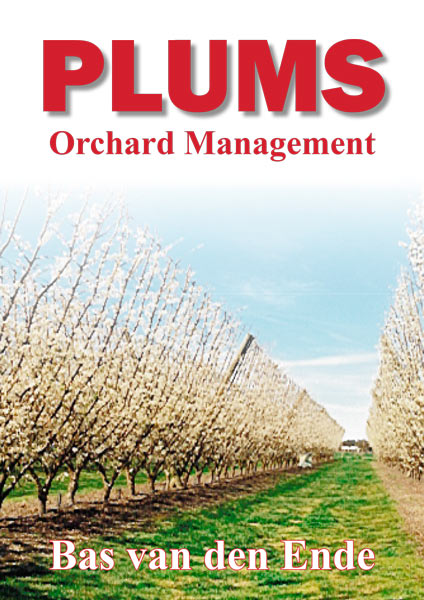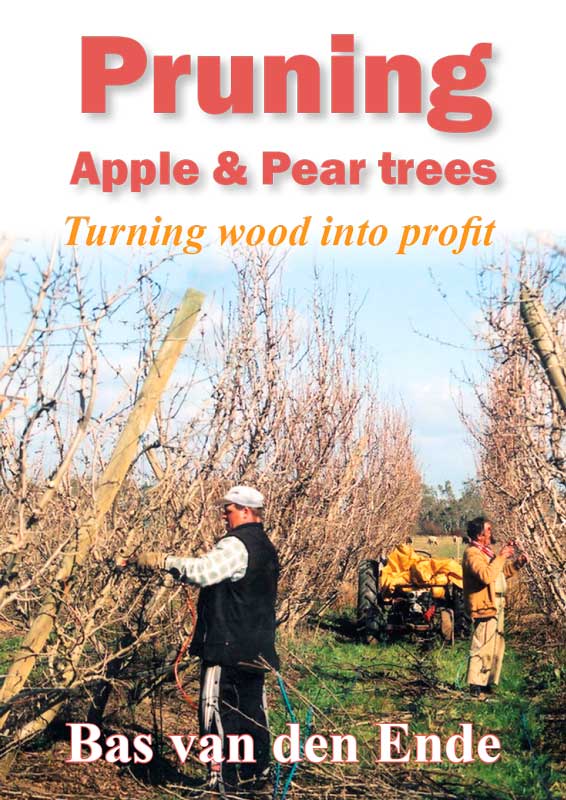It’s time the cherry industry decided how to manage the MRL issue.
Should the Australian cherry industry start a chemical residue study to assist growers and packers make better decisions with respect to foreign and domestic markets; or work together with other countries and scientists to fast-track results.
Although many chemicals are commonly used in sweet cherry producing countries, there are some that are not yet registered with the AVPMA registration authority in Australia.
The Washington Tree Fruit Commission is in its fourth consecutive year of a chemical residue study. It should be noted that sweet cherries are the next biggest horticultural export after almonds.
Digital versions of the study are available at www.treefruitresearch.com. Be aware that this study is a work in progress—to learn about the influencing factors—not an endorsement of any product or application method.
Variables that may influence residues
Some variables that come to mind would be: the different types of orchard sprayers; the rate per hectare of water used; the use of rain protectants and their possible impact on chemical residue persistence.
It is my understanding that samples used to test for export MRL protocols, are taken from trees in the orchard prior to any hydro-cooling or water flume movement through a cherry grader. Cherries that go in the carton for export and domestic consumption do not come straight from the tree.
Informed discussion should include differences between dilute and concentrate sprayers, and results from electrostatic sprayers.
Opportunity knocks
For this issue to be pursued, the cherry industry has given it a high priority for R&D. Export related issues already have that in place.
The Cherry Growers of Australia conference takes place in Melbourne on August 14–15. Decisions made there, if fully supported, could start programs that will help growers and packers make better decisions, which in turn will help grow exports of Australian cherries.
See this article in Tree Fruit July 2014


